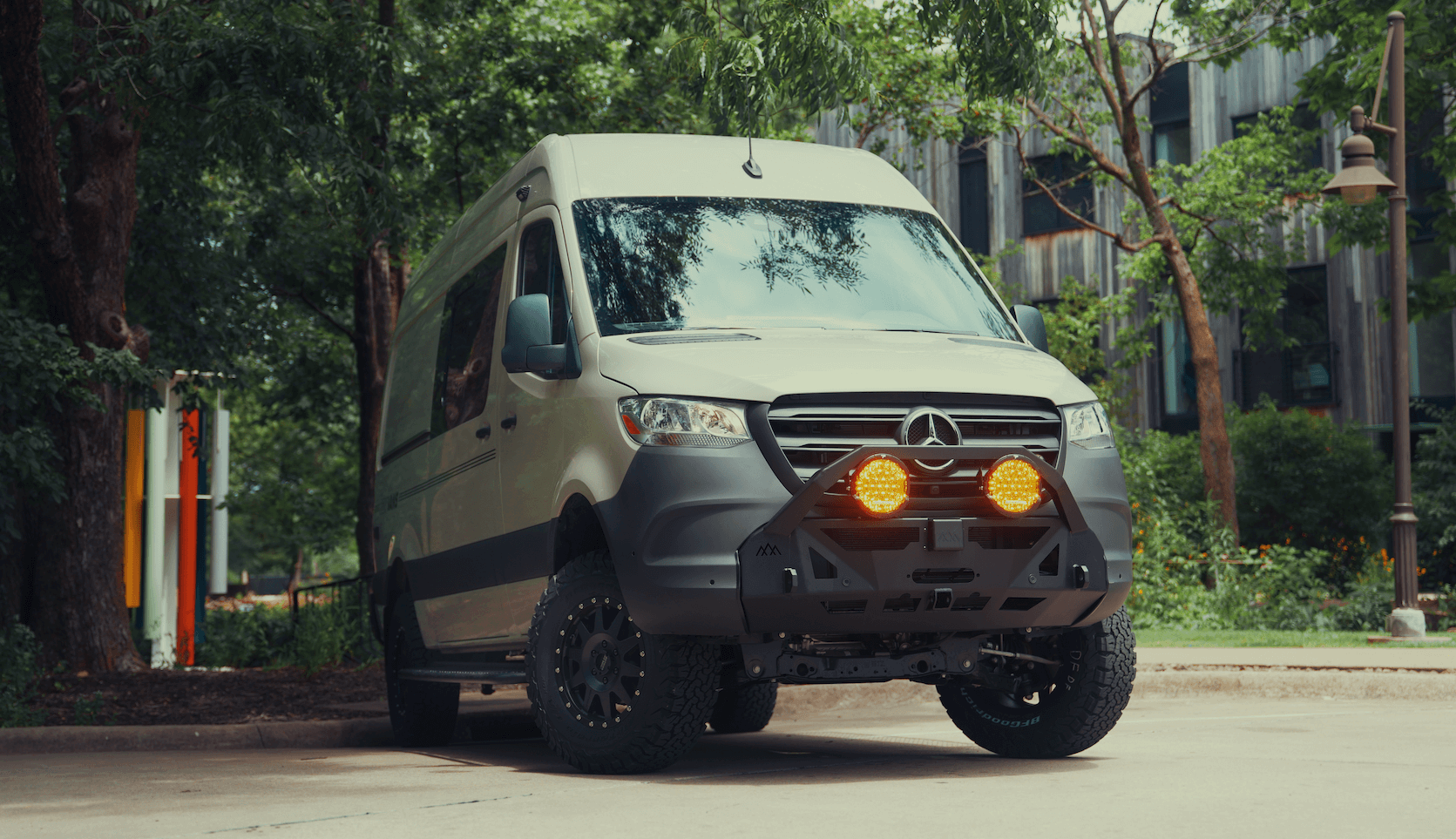Recreational Vans

Composting toilets for mobile rigs separate liquids and solids, move air through the bowl with a small fan, and keep media dry so odors do not develop. The system relies on airflow and absorbent medium such as coco coir to manage moisture rather than flushing with water. Because there is no black tank, water storage lasts longer and plumbing becomes simpler. The core question is not only cost, but whether the daily rhythm of emptying and periodic servicing fits your travel style.
Most units divert urine to a bottle while solids drop into a lined chamber mixed with dry medium. This separation limits ammonia formation and is the main reason users report less smell than a traditional black tank. The bottle usually needs emptying every day or two depending on usage and heat. Solids capacity varies by model and crew size, often lasting two to six weeks before changing the medium.
A dedicated vent line to the exterior is essential. Continuous airflow keeps the chamber dry and moves any odor outdoors. The fan draw is tiny, commonly one to two watts, so power impact is minimal even for small battery banks. Proper routing, weatherproofing, and bug screening of the vent run are critical for reliable performance across seasons.
Upfront cost is higher than a basic portable toilet, but total cost can drop over time since there is no black tank, macerator, or routine chemicals. Maintenance is predictable. Empty the urine bottle frequently, change solids medium when the handle gets stiff or capacity is reached, and clean the bowl surfaces as you would at home. The material in the solids chamber is not fully composted in the short window of van use, so it should be bagged and disposed of per local solid waste rules or cured longer off site.
Composting toilets solve different problems than cassettes or full black tanks. Understanding the tradeoffs helps match the system to your route, climate, and crew.
Cassette toilets are compact and easy to find service points for, but can be smellier and require frequent dumps. Traditional black tank setups feel familiar and minimize handling frequency, but they add weight, plumbing complexity, and require dump stations. Composting toilets sit in the middle, trading a bit of daily routine for extended off grid independence.
There is a common misconception that composting toilets stink. In practice, they smell like nothing inside the living space when the fan runs and the vent exits outside. If you notice odor indoors, it usually traces to a kinked vent, poor sealing, or wet medium. A dry chamber with steady airflow produces an earthy scent only at the exterior vent.
Regulations vary. Most areas allow urine disposal in a standard toilet, never in storm drains or near waterways. Solids should go into lined trash where permitted, or be cured longer off site following local guidance. Some managed campsites ask for sealed systems, so check park rules before you arrive to avoid surprises.
Cold slows biological activity while heat and humidity boost moisture. Both extremes argue for careful vent routing and moisture management. Give the toilet a spot with elbow room to service the bottle and chamber, route a short straight vent if possible, and seal penetrations so dust and water cannot sneak in. A well planned install makes the difference between a nuisance and a set it and forget it experience.
If you travel off grid often, value water conservation, and do not mind light daily tasks, it is likely worth it. If you prefer long stays at serviced parks with easy dumps, a cassette or black tank may fit better. The decision comes down to how you camp, how many people ride with you, and the climates you cross.
OZK note for custom builds: after the information above, if you want a composting setup that disappears into the day to day rhythm, expert planning is key. Vent runs, power routing for the fan, splash resistant materials, and smart service access all matter. Our team in Fayetteville Arkansas designs these details into the floor plan so your cabin stays quiet, odor free, and easy to maintain.
Strong next steps:
Ready to talk through layout, ventilation, and service access that make a composting toilet truly worth it. Reach out and we will map a clean, comfortable solution into your next build.
Ready to design a van that handles real life sanitation with zero guesswork. Talk with OZK Customs about composting toilet fitment, vent routing, and moisture control built into your layout. Book your custom van consult and get a clean, quiet setup that works off grid and on the highway.
ADDRESS:
6159 E Huntsville Rd, Fayetteville, AR 72701
PHONE:
(479) 326-9200
EMAIL:
info@ozkvans.com